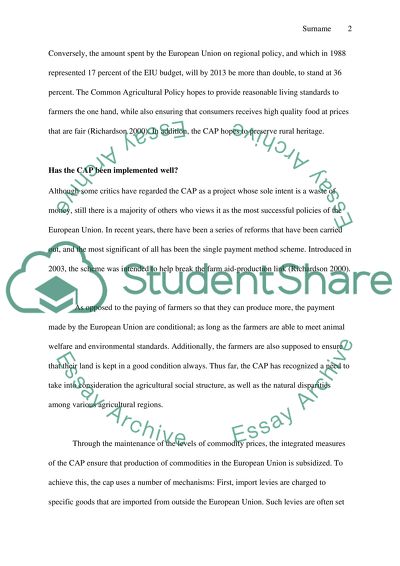Cite this document
(“Common agricultural policy (research paper) Essay”, n.d.)
Retrieved from https://studentshare.org/miscellaneous/1514318-common-agricultural-policy-research-paper
Retrieved from https://studentshare.org/miscellaneous/1514318-common-agricultural-policy-research-paper
(Common Agricultural Policy (research Paper) Essay)
https://studentshare.org/miscellaneous/1514318-common-agricultural-policy-research-paper.
https://studentshare.org/miscellaneous/1514318-common-agricultural-policy-research-paper.
“Common Agricultural Policy (research Paper) Essay”, n.d. https://studentshare.org/miscellaneous/1514318-common-agricultural-policy-research-paper.


